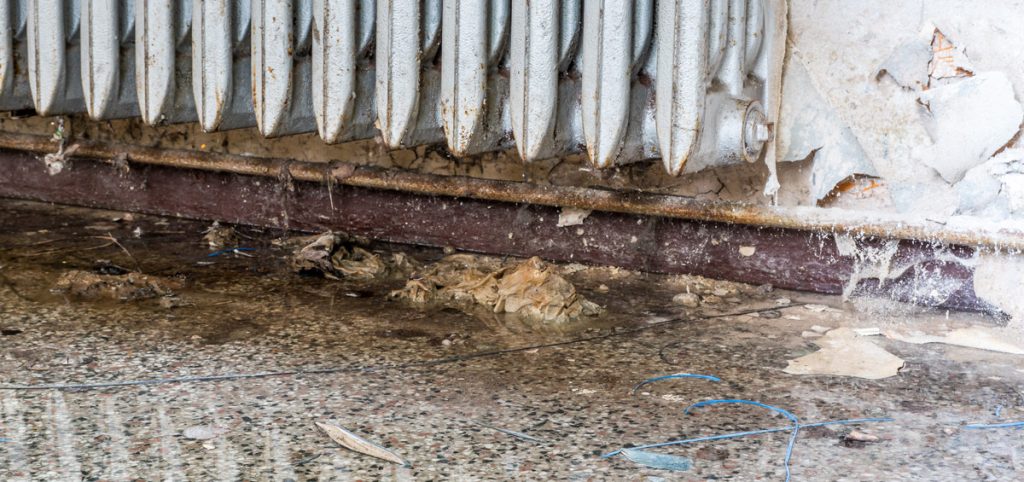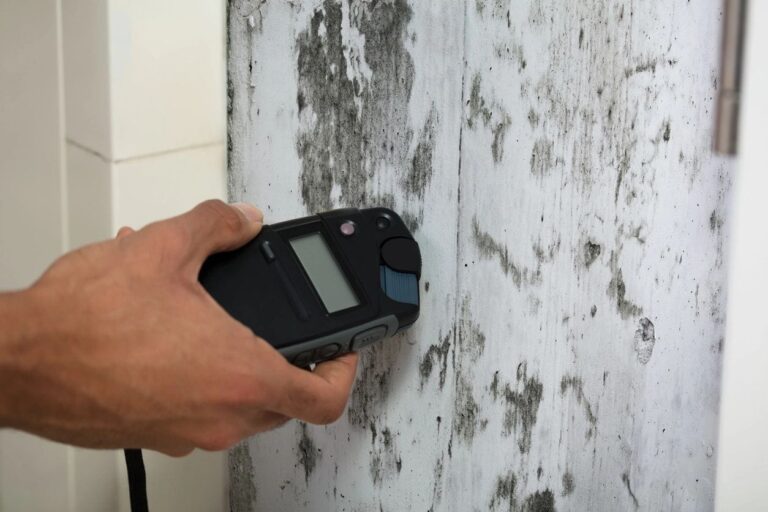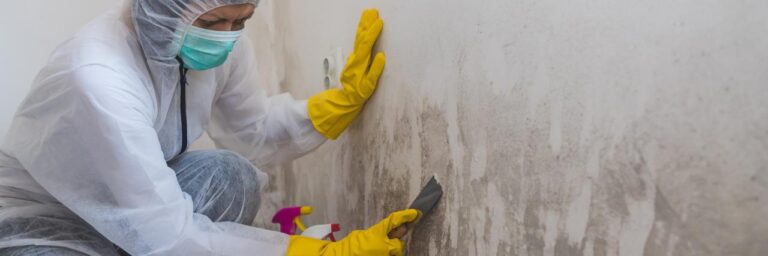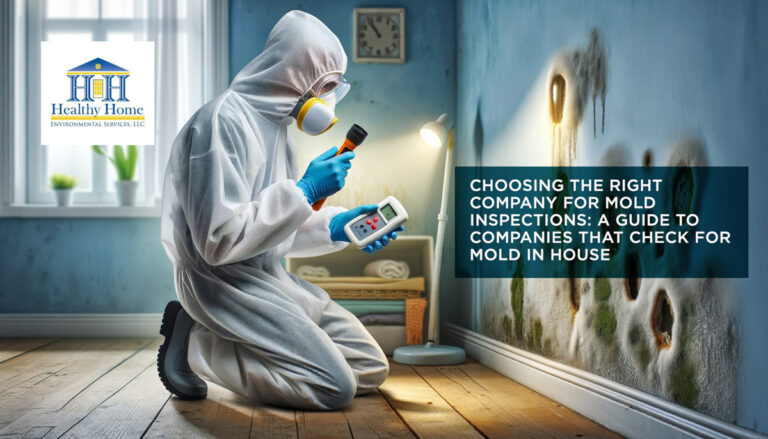What Causes Mold on the Floor?
Mold is a type of fungus that can grow on any surface as long as it has moisture, oxygen, and organic matter to feed on. Mold is a common problem in homes and buildings, and it can cause a variety of health issues, particularly for people with allergies or respiratory problems.
Mold can grow on any surface, including floors, walls, ceilings, and furniture. In this article, we will discuss the causes of mold on the floor and how to prevent and remove it.

Common Causes of Mold on the Floor
- High Humidity: One of the most common causes of mold on the floor is high humidity levels. When the air is humid, moisture can accumulate on the floor, creating a breeding ground for mold. This is particularly true in areas like basements, bathrooms, and kitchens, where there is often more moisture in the air.
- Water Damage: Another common cause of mold on the floor is water damage. If there has been a flood or a leak in your home, the water can seep into the floorboards and create a damp environment where mold can grow. Always make sure to check for leaks.
- Poor Ventilation: Poor ventilation can also lead to mold on the floor. When there is not enough airflow in a room, moisture can build up and create a humid environment that is ideal for mold growth.
- Plumbing Issues: If you have a leaky pipe or a malfunctioning appliance, this can also lead to mold on the floor. Water can seep into the flooring and create a damp environment where mold can thrive.
- Spills and Leaks: Finally, spills and leaks can also lead to mold on the floor. If you spill water or other liquids on the floor and do not clean them up promptly, the moisture can seep into the flooring and create a breeding ground for mold.
Signs of Mold on the Floor
- Visible Mold Growth: The most obvious sign of mold on the floor is visible growth. Mold can appear in a variety of colors, including black, green, white, and brown. If you see mold growing on your floor, it is important to address it immediately.
- Unpleasant Odor: Another sign of mold on the floor is an unpleasant odor. Mold has a distinct musty smell that can be difficult to get rid of.
- Allergic Reactions: Mold can also cause allergic reactions in some people. If you notice that you or your family members are experiencing symptoms like sneezing, coughing, or watery eyes, it could be a sign of mold on the floor.
Prevention of Mold on the Floor
- Maintain Low Humidity Levels: To prevent mold growth on the floor, it is important to maintain low humidity levels in your home. You can use a dehumidifier to remove excess moisture from the air, particularly in areas that are prone to moisture buildup, like the basement or bathroom.
- Address Water Damage Immediately: If you have experienced water damage in your home, it is important to address it immediately. Dry out the affected area thoroughly and ensure that there is no residual moisture left behind. This will help prevent mold growth on the floor.
- Improve Ventilation: Good ventilation is important in preventing mold growth. Open windows and doors, use exhaust fans in bathrooms and kitchens, and make sure that air can circulate freely in your home. Get a yearly indoor air quality test to check for air quality.
- Regular Cleaning and Maintenance: Regular cleaning and maintenance can help prevent mold growth on the floor. Be sure to clean up spills and leaks promptly, and regularly clean and vacuum your floors to prevent moisture buildup.
Removal of Mold on the Floor
If you do find mold on your floor, it is important to remove it immediately to prevent it from spreading and causing health problems. There are several methods for removing mold on the floor:
- DIY Methods: You can try removing small areas of mold on the floor yourself using a solution of bleach and water, or a commercial mold cleaner. Be sure to wear protective gear, like gloves and a mask, and follow the instructions carefully.
- Professional Mold Remediation: If the mold on your floor is extensive, or if you have health concerns, it may be best to call in a professional mold remediation service. They can safely and effectively remove mold from your home.
Conclusion
Mold on the floor is a common problem that can lead to health issues and damage to your home. By understanding the causes of mold growth and taking steps to prevent and remove it, you can protect your home and your health.
Remember to maintain low humidity levels, address water damage immediately, improve ventilation, and regularly clean and maintain your floors to prevent mold growth.
If you do find mold on your floor, consider using DIY methods or calling in a professional mold inspector to test and effectively work with a remediation company to remove it safely.
FAQs What Causes Mold on the Floor
Is mold on the floor dangerous?
Yes, mold on the floor can be dangerous, particularly for people with allergies or respiratory problems. It can cause symptoms like sneezing, coughing, and watery eyes, and in severe cases, it can lead to more serious health issues.
Can I clean mold on the floor myself?
Yes, you can clean small areas of mold on the floor yourself using a solution of bleach and water, or a commercial mold cleaner. However, be sure to wear protective gear and follow the instructions carefully. For larger areas of mold or if you have health concerns, it may be best to call in a professional mold remediation service.
How long does it take for mold to grow on the floor?
The time it takes for mold to grow on the floor depends on a variety of factors, including humidity levels, temperature, and the presence of organic matter. However, in general, mold can begin to grow within 24-48 hours of moisture exposure.
Can mold on the floor be prevented?
Yes, mold on the floor can be prevented by maintaining low humidity levels, addressing water damage immediately, improving ventilation, and regularly cleaning and maintaining your floors to prevent moisture buildup.
Can mold on the floor cause health problems?
Yes, mold on the floor can cause a variety of health problems, particularly for people with allergies or respiratory problems. It can cause symptoms like sneezing, coughing, and watery eyes, and in severe cases, it can lead to more serious health issues.






